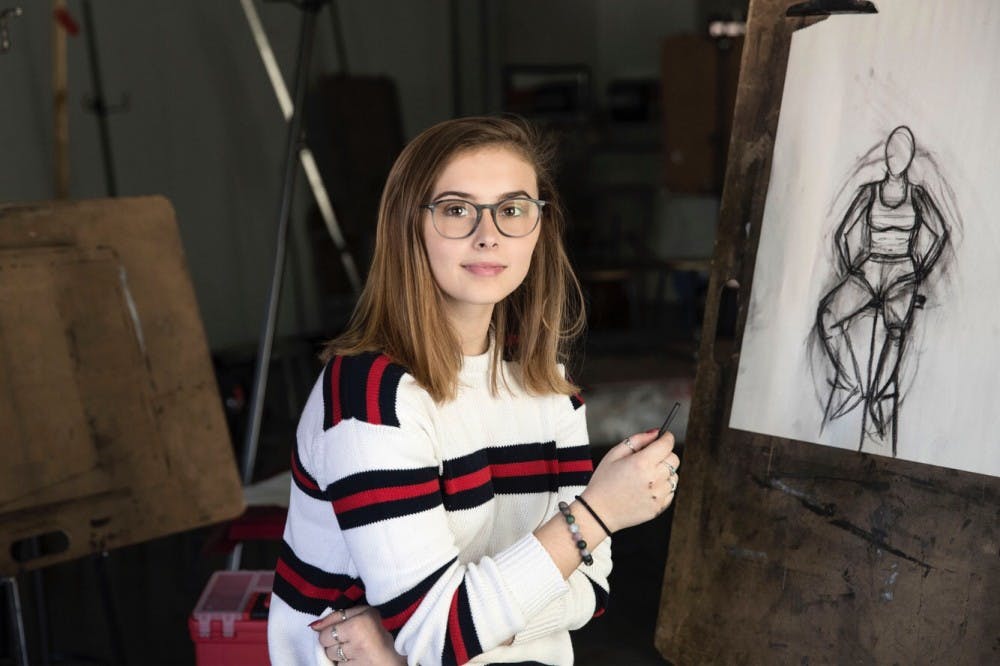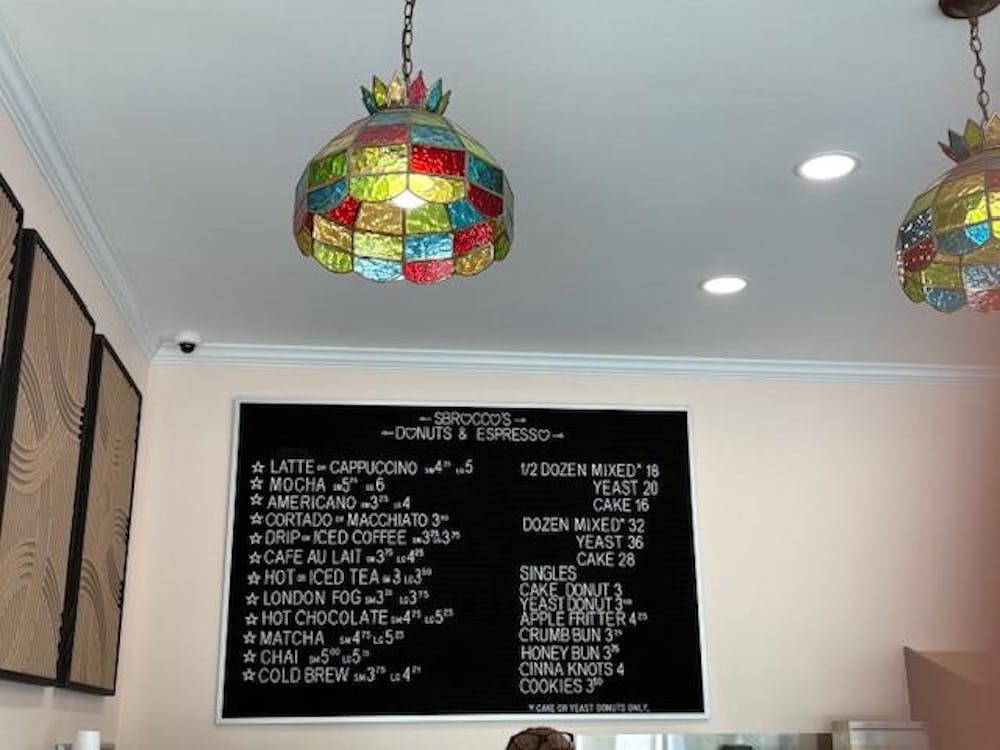In Charlottesville, life for the homeless is difficult. On top of a lack of basic necessary resources and the negative social stigma associated with homelessness, it can be difficult for the homeless to have a safe platform for self expression. This is where Art for the Heart, an iLab program started by first-year U.Va. student Emma Hitchcock and University of Mary Washington freshman Zadie Lacy, comes into play.
Art for the Heart came into the University’s iLab program following Hitchcock and Lacy’s win at the TomTom Founders Festival in 2018. The University’s Batten Institute allows the winner of the Social Innovation Challenge at the festival to obtain a position in the iLab. Entering the iLab in this manner isn’t common, but Hitchcock and Lacy still had to abide by the iLab’s rules for new ventures — mainly having a business plan for their venture, explaining their current progress and planning on ways to develop and sustain the venture.
Along with a spot to work on their program in the iLab, Hitchcock and Lacy received the chance to connect with other entrepreneurs, $5,000 of funding and resources such as boot camps and workshops.
Both natives of Charlottesville, Hitchcock and Lacy knew of each other through Hitchcock’s best friend in middle school, but the two did not begin a partnership until the NewGen Peacebuilders Program in September 2017 in Charlottesville, where they began talking about homelessness and working on potential ways to help the homeless.
Hitchcock and Lacy both have personal attachments to art. Lacy, whose father was an artist, grew up surrounded by art, while Hitchcock immersed herself in painting and drawing following a middle school soccer injury.
The duo had felt a sense of hopelessness after the violent white supremacist Unite the Right rally in Charlottesville on Aug. 11, 2017 and decided that they wanted to make a change in their own way — art. As art can be used for different trauma issues, Hitchcock and Lacy thought that it would transfer well into the homeless community and combat the pervasive social stigma against homelessness.
“Homelessness isn’t a state of being, it’s a time of someone’s life,” Hitchcock said. “It doesn’t mean anything about them as a person … [It’s] interesting how art can bring people together in ways I didn’t think were possible.”
Art’s ability to connect people and foster conversation was one of the primary reasons the pair chose to incorporate it into their program, for which they received help from Deborah White, the director of operations at the Batten Institute for Entrepreneurship and Innovation. White was asked to help because of her background in art and work at Darden.
“Just to see the breadth and depth of what different student entrepreneurs can accomplish is quite outstanding, seeing as most of the participants are full time students,” White said. “In Emma and Zadie’s case, so much social good while being full time students is heartwarming and inspiring.”
Hitchcock and Lacy, with assistance from iLab members such as White, were able to incorporate art into their venture plan at the iLab, arguing that the use of art could be helpful towards the homeless community.
The pair used their time at iLab’s summer session in 2018 to develop Art for the Heart, creating a business plan that incorporates art sessions at the Haven, which is a multi-resource space in downtown Charlottesville dedicated to helping the homeless. The sessions are designed to facilitate conversation and create a safe space for self expression. The pair started their summer series this past year with sessions starting at 10 a.m. and running until noon.
“At first we went into the sessions thinking we were going to have prompts ... but then we realized that it was really just better if we went in completely open,” Hitchcock said.
The freedom of the sessions facilitated conversation between the participants and volunteers.
“Whenever we have a session, there’s something cool that happens,” Lacy said. “The walls between people seem to get smaller. I feel like I’ve changed a lot throughout the process.”
Through its unique ability to give a voice to its participants, Art for the Heart gives recognition to the inherent humanity in people. Hitchcock and Lacy also emphasized the importance of connection rather than heroism.
“We didn’t want to ‘help’ anyone, we never wanted to go in and save their lives,” Lacy said. “We just wanted to give them the space to allow them to be themselves in a safe way. We are humans. We need a human connection, belonging, acceptance.”
Despite attending different schools, Hitchcock and Lacy do their best to work on the program together.
“It’s been hard,” Hitchcock said. “We call a lot, email a lot, work that out.”
The pair have been trying to incorporate Art for the Heart into their respective schools, with Lacy attempting to incorporate the program at Mary Washington and Hitchcock working to start a club for the program at the University.
Correction: This article previously misidentified Emma Hitchcock as a second-year. Hitchcock is a first-year student.







